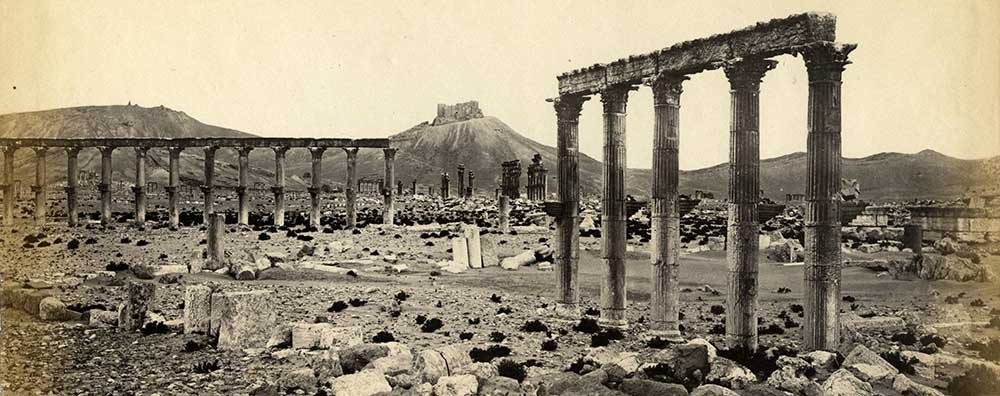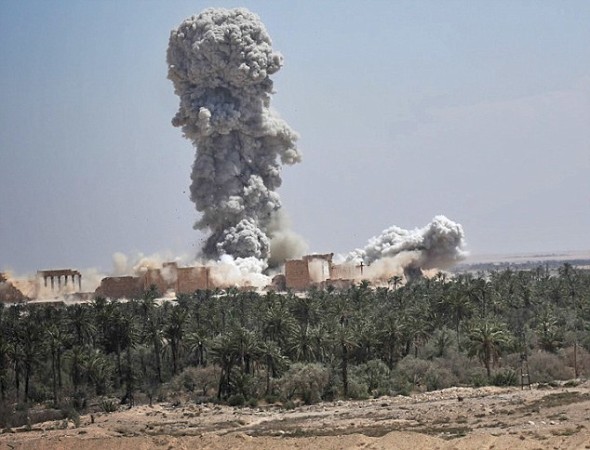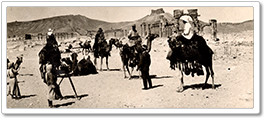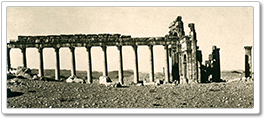“Palmyra is a strange ruin. It is not haunted by saints or warriors, but by merchants. Its history is one of trade.”
H.V. Morton, Through Lands of the Bible, 1938
Introduction:
Syria never embraced mass tourism like its neighbors Israel, Jordan Turkey, or Egypt. In fact, under the rule of Bashar al Assad’s father, Hafez al Assad, Syria was never vigorously promoted as a tourist destination. It was difficult as well as costly to get a tourist visa. When Bashar came to power, after his father’s death in 2000, the country slowly began to open up. Tour operators were excited about the young Bashar taking the helm and hoped for a Syrian renaissance of sorts. Luxury hotels were built, infrastructure around tourist sites was improved, and independent tour agencies were allowed to operate separately from the National Tourist Agency. Even with all the upgrades, Syria still had a difficult time breaking into the international tourist market, remaining largely off the beaten track.
For the individual who wanted to experience the beauty of a country without the hassle of tour busses, hawkers, and the crowds, no country in the region was more magical than Syria. Before the civil war, I can’t recall how many times I would be wandering through an archeological site and suddenly realize that I was the only person among the ruins.
Unfortunately, with the conflict well into its eighth year, many of Syria’s treasured landmarks have been completely destroyed. A recent UNESCO report stated that all six World Heritage sites in the country had been damaged, including the ancient city of Palmyra, situated in the middle of the desert between Damascus and the Euphrates River.
After capturing Palmyra, ISIS, or DAESH as it is known in the Arab world, systematically destroyed the site’s most treasured shrines including the Temple of Baal, the Temple of Baalshmin and the Monumental Arch, in a feeble attempt to erase a period of history. However, the worst atrocity committed by DAESH was the kidnapping, torture, and execution of Khaled al-Assaad, the 82-year-old archeologist who dedicated over 50 years of his life to researching the ruins of Palmyra.
The first exhibitions looks at Palmyra from the middle of the 19th century up to the 1960s, and features both professional and amateur photographers who visited the site. The second exhibitions looks at the work of Luigi Stironi, an Italian photographer who worked from the beginning of the French mandate following WWI in the 1920s. Both exhibitions are dedicated to the memory of Khaled al-Assaad.
The exhibition consists of glass lanternslides, albumen prints, stereoviews, large silver gelatin prints, postcards, and 35mm slides.




